
Choosing which windows to fit in your new home may seem simple but the options available are massive. Multiple bar arrangements on the glass, plenty of ways for them to open and different colours are all available.
Whether you’re building from scratch or giving your current place a facelift, the style of window you choose plays a big part in how your home looks, feels, and even works day-to-day. That’s why we’ve gathered all the different types of windows and given you a breakdown of what kind of house they work best on.
Casement Windows
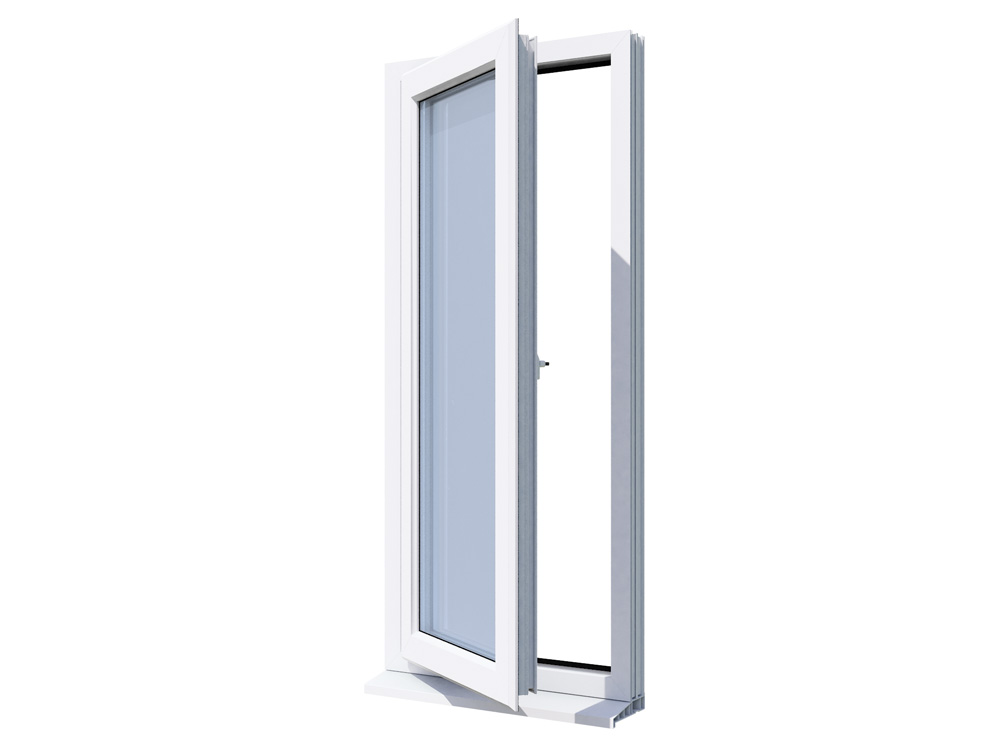
Let’s start with the most typical model, casement windows. Hinged at the side and opening like a door, they’re pretty much everywhere for a reason. They give you great ventilation, a clean, timeless look, and they seal up nice and tight when closed. They suit just about any type of home, from new builds to older brick terraces, and you can customise them with different colours or handles to make them feel more modern or traditional. Not to mention the multiple sizes and orientation of the hinge you can consider. Truly the all-rounder and a good pick for any home.
Tilt ‘n’ Turn Windows
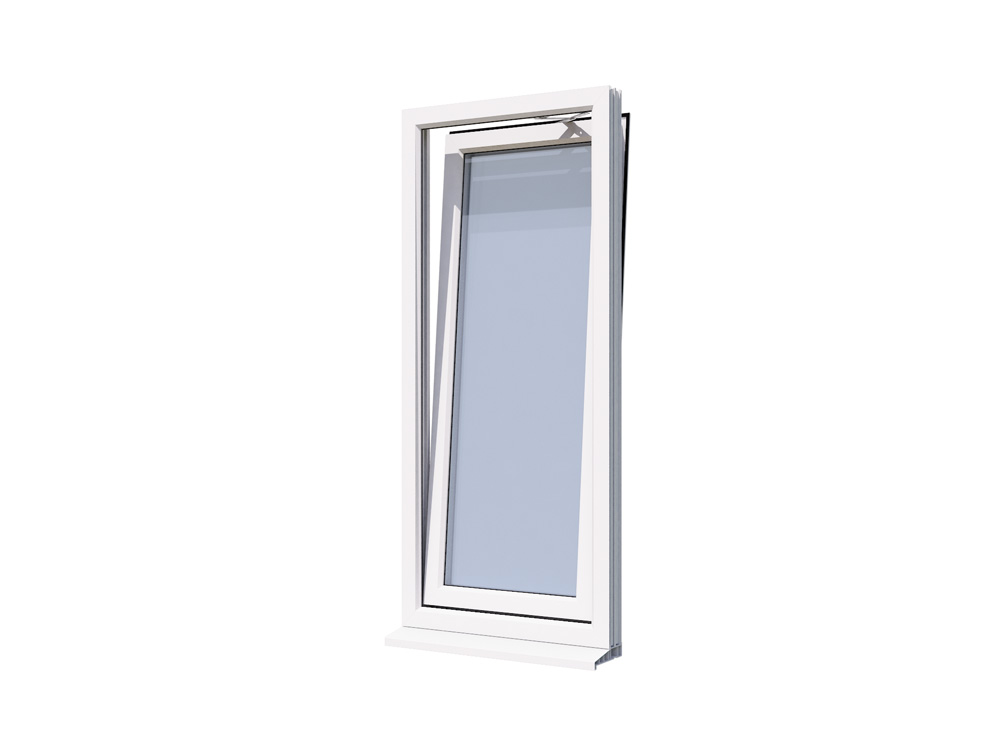
Tilt and turn windows are a bit of a clever twist (literally) on the usual setup. You can tilt them inwards at the top for a bit of airflow without flinging the whole thing open, or you can swing them fully like a door for easy cleaning and serious ventilation. They’re especially popular in modern cities or flats where space is tight and practicality is key. The ability to tilt for a little airflow is a good way to cool a room while keeping security tight. If you like a minimalist look with a bit of flexibility, these are a solid shout.
Sliding Sash Windows
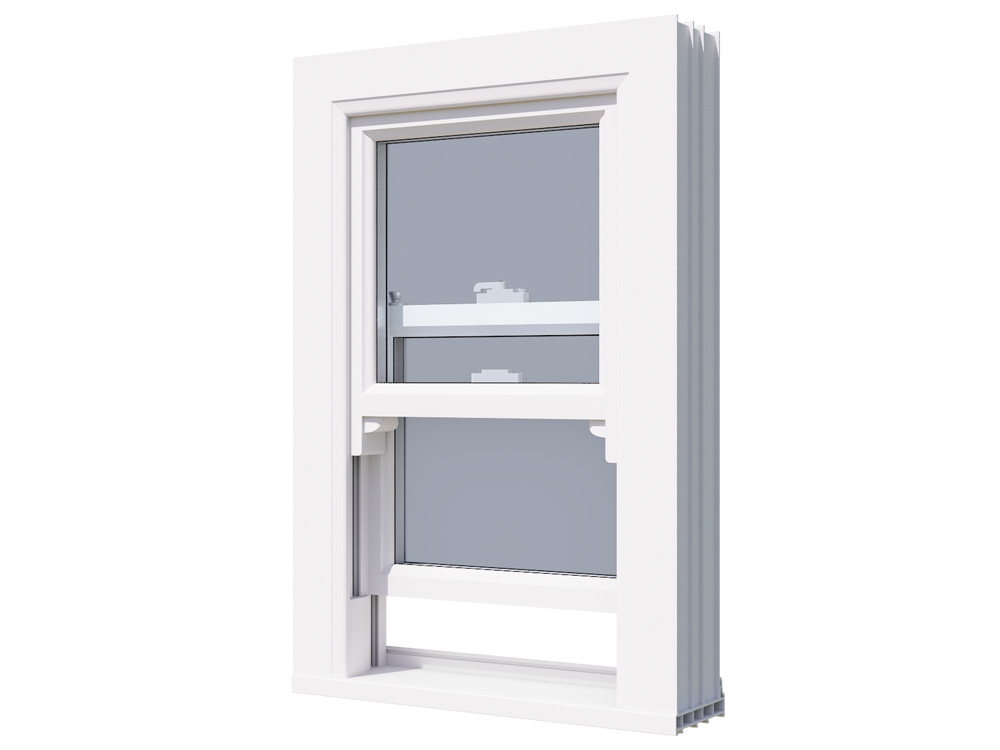
Sash windows is the name for the type that slide up and down. It’s quite an old design and is usually found in period homes, associated with that classic Georgian or Victorian look. Traditional ones were made of timber, but these days you can get low-maintenance versions in uPVC that keep the character without the upkeep. Great if you’re doing a heritage-style renovation or just want to add a bit of charm and symmetry to your home’s façade.
Bay and Bow Windows
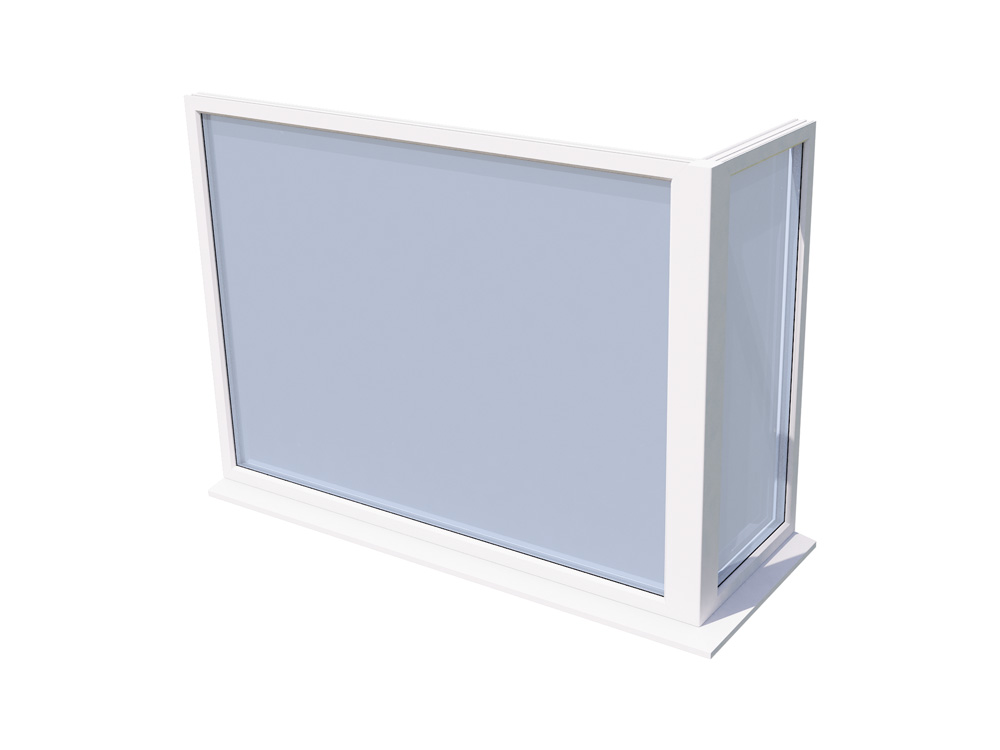
If you’ve got the space (and the budget), bay and bow windows can make a big impact. These are the ones that extend out from the house, adding extra floor space and loads of natural light. Bays are more angular—usually three panels—while bows have a more curved, sweeping look. Both are brilliant for opening up a room and creating that cosy reading nook or window seat moment. And, for obvious reasons, this is usually limited to the ground floor windows.
Fixed Windows
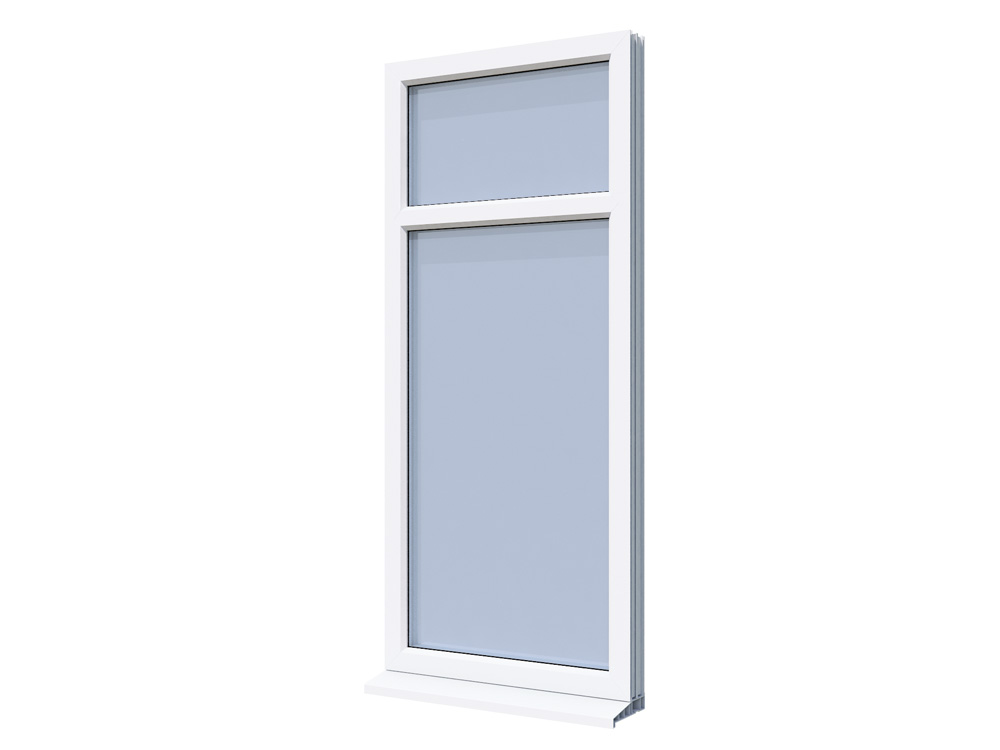
These are windows that don’t open at all. They’re often used in combination with other styles, like casement or tilt-and-turn, as extra ways to light your space, so you get the best of both worlds: great visuals and good ventilation. Most people will seek a window that opens but if you have extra space to fill, having some fixed windows split by mullions and transoms can help your window to really stand out!
How to Choose Window Style for a Home
Now, with all these options, it’s easy to feel a bit overwhelmed, after all we have 99 different styles of standard windows when you consider opening styles or fixed models. And that’s not including sash or tilt! But if you’re wondering how to choose the window style for home, it really comes down to three things:
Aesthetics, Utility and Efficiency.
-
Aesthetics is just the appearance; this will come down to where the bars are upon the glass, the colouration, what style of glass you use, it’s purely down to appearance and this is where you need to match it to your home and what look you’re going for.
-
Utility is what you need from the window, if you need a window that can be open semi-securely while you’re out at work then you need tilt ‘n’ turn or a small casement window inset as a head window, if you need one which doesn’t open you’d consider getting a fixed window. The different opening styles all offer different use cases and should factor in to your decision.
-
Efficiency is simply making sure the windows are energy efficient and, on this front, we have you covered with an A rating for all of our window options. Helping you to save energy and keep more of your home warm.
The most complicated question here is undoubtedly aesthetics, in which case you need to let the building type guide you. A modern flat might suit sleek tilt and turns, while a countryside cottage might call for classic casements or wood-effect sash windows. And if you’re unsure, mix and match! There’s no rule saying every window has to match perfectly, especially when different rooms have different needs.
There’s no shortage of choice when it comes to window styles, and that’s actually a good thing. Whatever look you’re after, there’s a style out there that fits the bill. Take your time, think about how each space in your home works, and don’t be afraid to ask for help from us as we can recommend what might work best as well!



















